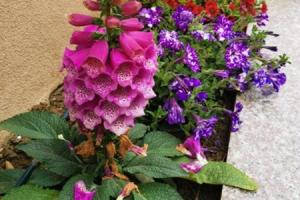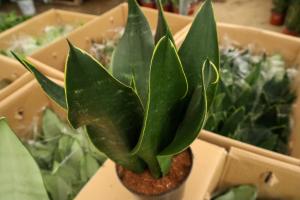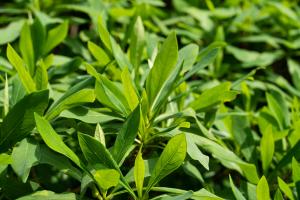Signs of a Dying Spider Plant
If you have a spider plant, it's understandable to feel worried if you notice it's not looking as vibrant as it once did. There are a few signs that may indicate your spider plant is dying. These include:
Brown or yellow leaves that are dry and crispy
Fewer or no baby spider plants being produced
Pale, sickly-looking foliage
Failing to thrive in the conditions it's currently in
Reasons Why a Spider Plant May be Dying
Now that you know what signs to look for, let's explore some reasons why your spider plant may be dying. Here are a few possibilities:
Overwatering or underwatering the plant
Inadequate light, particularly if the plant is in a dimly lit room all day
Poor soil quality, such as soil that doesn't drain well and becomes compacted over time
Insects or pests that have infested the plant
Underlying health issues or diseases
How to Save a Dying Spider Plant
If your spider plant is exhibiting signs of distress, you may still be able to save it. Here are some tips to help get your plant back on track:
Adjust watering habits. Spider plants prefer moist, but not waterlogged soil. Make sure the soil has proper drainage and is allowed to dry out somewhat between watering sessions.
Place the plant in a well-lit area. Spider plants do best in bright, indirect light, so consider moving it to a different spot if it's currently in a dark corner.
Repot the plant. If the soil quality is poor, consider repotting your spider plant in fresh potting soil that drains well.
Inspect the plant for pests. If you notice insects or pests on your spider plant, treat it with insecticide to rid the plant of the infestation.
Give it time. If your spider plant is simply in poor health, it may take time for it to recover. Be patient and continue to care for it properly.
Preventing a Spider Plant from Dying
Of course, the best way to save a dying spider plant is to prevent it from getting to that point in the first place. Here are some tips for keeping your spider plant healthy:
Water the plant properly, being careful not to overwater or underwater it.
Place the plant in a bright, indirect light source.
Use quality potting soil that drains well.
Inspect the plant frequently for signs of pests or disease.
Trim any yellow or brown leaves as soon as you notice them.
If you follow these tips and continue to care for your spider plant properly, you'll be able to enjoy its lush foliage and cascading baby spider plants for years to come.

 how many times do yo...
how many times do yo... how many planted tre...
how many planted tre... how many pine trees ...
how many pine trees ... how many pecan trees...
how many pecan trees... how many plants comp...
how many plants comp... how many plants can ...
how many plants can ... how many plants and ...
how many plants and ... how many pepper plan...
how many pepper plan...






























